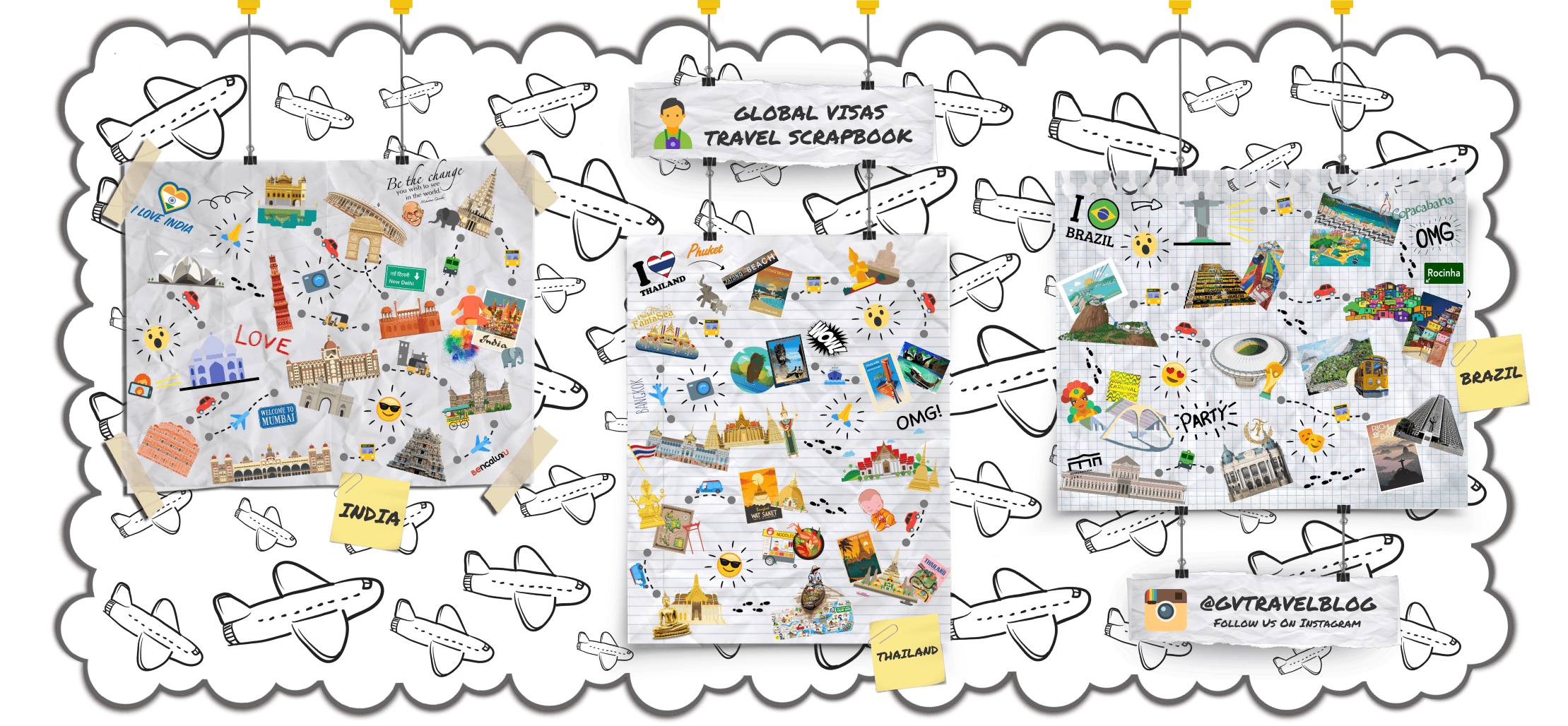BY PLANE:
The easiest way to travel long distance is using one of the domestic airlines; AeroMongolia or Hunnu Air. Almost all flights are between Ulaanbaatar and the Aimag centers. Except for mines in the south Govi and Choibalsan, which use B-737s, most flights use turboprop regional planes like the Fokker-50. AeroMongolia uses a two-tier price structure, with the costs for foreigners being significantly higher than for locals, while Hunnu has only one price. Other than price, there isn’t much difference between the airlines. Air travel agents, guest houses, and hotels can help you to obtain your domestic air ticket in Mongolia.
- AeroMongolia (1st floor, Monnis tower, Ulaanbaatar), +976 11 330373 (Ulaanbaatar), reservation@aeromongolia.mn. M-F 09:00-18:00; Sa 10:00-18:00. It is generally cheaper, but uses older planes. Charges foreigners double the local rate.
- Hunnu Air (Chinggis avenue 10-1, Sukhbaatar district, Ulaanbaatar), +976 7000 1111 (Ulaanbaatar), info@hunnuair.com. Formerly Mongolian Airlines.
BY TRAIN:
There is only one railway company in Mongolia, owned by the Russian and Mongolian governments, “Mongolian Railway”. It is probably the best way to experience something of the communist time, even if it has evolved a bit since then. Ulaanbaatar railway agents more often consider the passenger as a potential rule breaker than as a client. The railway network is poor, consisting mainly in the Irkutsk-Ulaanbaatar-Beijing Trans-Mongolian way with a few extensions. Trains are extremely slow. They usually leave on time, and arrive on time or less than 20 min late. Intercity bus routes on the roughly parallel paved roads will get you there much faster.
The local trains stop at many small stations in the countryside. For example, there is the small town of Batsumber, located about 34 km north of Ulaanbaatar (as the crow flies) longer on the train. Take your camping gear and hike to the mountains about 10 km east of the town. There are two streams flowing west out of the mountains, hike and camp along the streams. There is a small restaurant, and food shops in the town.
TRAIN TICKETS:
It’s possible to pay your train ticket by credit card. For online booking of train tickets you can go to the official website (an English version is available, but not all the information is translated). The website is not the most user-friendly, but fortunately Wander Simply has a good write-up on how to navigate the site and buy tickets. Alternatively, you can contact the company Train To Mongolia to buy tickets at a commission. You pay an extra fee if you book in advance, and also an extra fee if you buy it in the train, which is the only possibility left if there are less than 10 min left before the train departure. Your passport is required to buy a ticket, but you can buy several people’s tickets with one passport.
There are 3 classes: “coupé”, “sleeping”, “public” (translated into English by “economic” by the company). “Coupé” is the only one with doors. In “public” it’s possible you have to spend your night sitting and even with little space on crowded days. The tickets are numbered, but, when the seats are exhausted, the company overbooks public seats with tickets numbered “0”, at the same price.
The “public” seats tickets are much cheaper (and much slower) than the coach, minivan and taxi competitors. The schedules are on the company website. In a coupé at night, you’ll be charged for compulsory additional bed sheets inside the train.
INSIDE A TRAIN:
You will be proposed drinks and Mongolian food inside the train, both by official sellers of the company and, at the big stations with long stops, from private people getting in the train for that purpose. There are many conductors. Don’t expect them to speak anything other than Mongolian and, possibly, Russian. Be careful of your belongings: thefts are not rare. But there are policemen in each train. On a long trip, your ticket will be checked again and again, and you’ll be woken up in the middle of the night for that.
Nobody will wake you if you have to get off during the trip, but if you get off at the terminus, you’ll be woken up, even more than one hour before arrival, depending on the agent. The train toilets close 30 min before the terminus, and sometimes even before that.
BY BUS:
Travelling by local bus is also an option, though these buses tend only to connect the provincial capital with UB, and it is quite difficult to find any public transportation linking one provincial capital with another. Lately the Bus situation is much better. Most cities and towns are referred to in two ways, their name or the name of the Aimag (province) or Soum (county), e.g. Dornod or Dornod Aimag or Choybalsan (the actual city name). Most buses have their destination on a card in the front window. If you have either name written down in Mongolian Cyrillic, you can just show to the drivers or helpers and they will get you on the right bus.
There are two types of buses, micro vans and large buses (some large buses are old Russian types and some are modern western type), depending on the road. The large buses run on schedule, but the micro-buses are much more lax. In Ulaanbaatar, there are two bus stations, one on the west near the Dragon Shopping Center and one on the East near the Botanical Gardens. Both stations are on Peace Avenue on either side of the city. Multiple buses run between them. Get local to write directions. For the large buses buy your tickets the day before.
In the Aimag centers, there will be service to Ulaanbaatar and to local soums (small county seats) and usually the next Aimag Center. However, all locations may not be available at one location. Ask for help from the locals. For example, In Ondorkhaan, the capital of Khentii Province, there is bus service between Ondorkhaan and UB from a central bus station, however the through buses going to/from UB to Dornad and Sukhbaatar Aimags (Choybalsan and Baruun-Urt) will stop at a gas station on the North side of the city.
BUS TICKETS:
You purchase your ticket at the station, not in the coach. Don’t expect any cashier, driver or conductor to speak anything but Mongolian and, possibly, Russian. It’s not possible to pay by credit card. Your passport is required to buy a ticket. If you have a luggage exceeding the standard (written in your ticket) in weight or size, you’ll be asked for an extra fee by the conductor. You can negotiate this one.
INSIDE A BUS:
On some destinations, the driver and the conductor illegally add extra passengers and get the money for themselves. They might even try to make 3 people sit on 2 seats, for instance: you can protest in such a case. Your ticket gives you the right to a full seat and this is what you get in most coaches. The coach will usually stop for a rather quick lunch or dinner at a local snack or canteen.
BY MINIVAN:
Public countryside taxis and minivans, often called purgon or mekr, offer more destinations than coaches and many more than train, especially between provinces. They are more dangerous than coaches and trains, and always overloaded. Most drivers don’t respect the traffic rules. Countryside taxis and minivans leave when full. They always say they will go “now” (“odo”) but it’s rarely true and you can wait hours before they really go. See how many people are already sitting inside the vehicle to have an idea of how long you’ll wait. Drivers also usually promise to pick up additional passengers and cargo before leaving town.
BY CHARTERED JEEP:
It is also possible to charter a Jeep and driver for private use. Prices are typically negotiated by the kilometer. While far more expensive than sharing a ride with the locals, this means of transport is considerably more convenient and allows you to visit more remote sites. It can also be quite convenient to hire a guide to use during the length of your stay. Doing so can allow you to travel without worrying about taxi drivers wanting to overcharge up to 10X just for being a foreigner.
BY CAR:
Road accidents are frequent. The bigger the vehicle is, the safer it is. Outside of the capital, there are few paved roads.
BY TAXI
In the cities, taxis should charge about 800 ₮ per km. The drivers will set their trip meter and charge accordingly.
BY HORSE:
For local travel, horse-back is a good option. Mongolians ride on wooden saddles, so if you value your buttocks it’s probably a good idea to pick up a leather, Russian saddle in UB.
BY FOOT:
Another great alternative is to simply walk. Since camping is possible anywhere, resting is never a problem. Wherever there is water there are nomads, and if you stick to the major dirt-roads you will encounter plenty of guanz, who can provide huge cheap meals to keep you going. Adopting the Mongolian style of sleeping outdoors is also an option – wrap yourself in wool blankets and then cover yourself with a Russian raincoat (essentially a tarp in the form of a trench coat), and simply plop yourself down on the ground. One night sleeping this way gives a whole new appreciation for the wonders of sleeping bags and bivvy sacks/tents.









